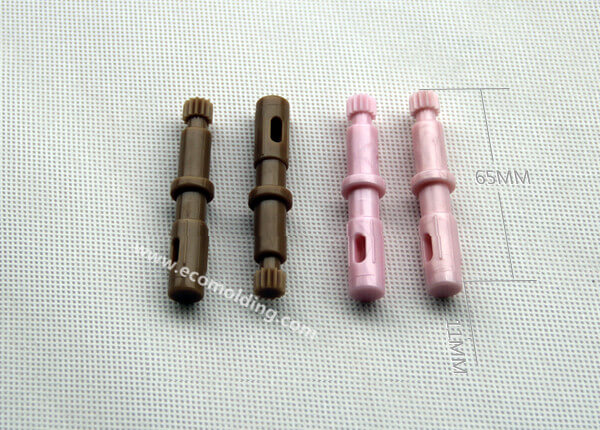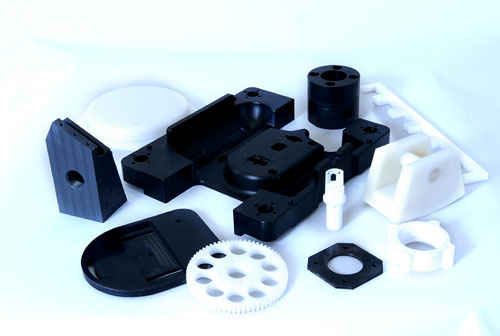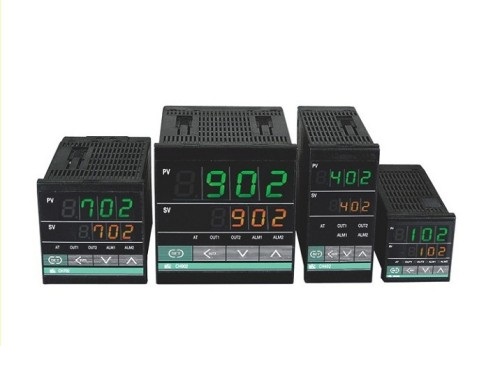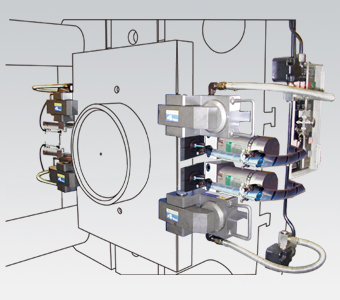You have a new plastic product or an improvement on an existing product. You want to find the best way to manufacture your product. One of the most popular methods of plastic part production today is injection molding. The question to ask, though is, “Is injection molding the right process for your product, and which mold manufacturer is the best choice?” Before making that decision, there are several factors to investigate to ensure the best process and the best mold manufacturer to choose.

The 6 Features
When it comes to your product there are 6 features or aspects to consider when designing for injection molding2. Those include the physical properties of your product, where it will be used, what your product will look like, if there are any standards or regulations your product must meet, the price of your product, and which mold manufacturer can build the best mold to meet your need.

The Physical Properties
When considering the physical aspects of your product you need to determine how strong your product needs to be. The type of material you choose will be a determining factor in strength, flexibility, and how resistant the product is to impact. You’ll also want to decide if the product should be flame retardant and resistant to scratches and wear and tear.
Where Your Product Will Be Used
Considering where your product will be used is also important. Will the product come in contact with chemicals, humidity, or extreme temperatures? Will it be exposed to adverse weather conditions, like snow and rain? The answers to these questions will also help determine the materials best suited to your product.

What Your Product Will Look Like
Is the outer appearance of your product important to the design of your product? Does it need to be a certain color, have decorations or a finished surface? Material and mold manufacturer are important aspects to consider for this product need. You need to find a mold manufacturer capable of building a mold that will produce the outer designs of your product.
The Standards And Regulations
Is your product required to meet certain agency standards or regulations? If so, you need to ensure that your design meets or exceeds the requirements of any agency you need to comply with2.
The Prices
The cost of your product will also be a factor in determining materials and finding a mold manufacturer. You’ll want to keep the production cost of your product down, so you can determine a good selling price for your product. You’ll want a high-quality material, but also one you can get at a good price. You’ll also want to find a mold manufacturer that can produce the needed mold at a decent price.
Of course, a major aspect to consider is how well your product is suited to injection molding. Are there any features of your product that aren’t feasible with injection molding? Would another form of manufacturing work better for your product, such as a 3D printer? Looking at all options is important when determining production methods for your product.
The Manufacturers
And finally, once you have determined the answers to the previous questions, it’s time to find the best mold manufacturing company to create the mold for your injection molded part. A good place to start would be with Sositar Mould Co., Limited and Eco Molding Co., Limited in Shenzhen China.


Sositar Mould is a mold manufacturing company that has been building injection molds for 15 years. The company has 10 injection molding machines with shot capacities ranging from 0.5g to 2kg per cycle3. They also offer custom colors and integrating other components, such as threading for inserts. Sositar Mould have created molds for various industries including automotive, lighting, agriculture, medical and sports equipment. Their mold design team includes special mold designers with years of experience in plastic mold structure and injection mold design. Eco Molding also has a high-quality design team and in-house mold making. With more than 25 skilled toolmakers, short lead times, and experience in all areas of machine processing, Eco Molding offers cost efficient mold design and building1.


Considering these 6 aspects when creating a plastic product for injection molding will help to avoid costly and time-consuming problems down the road. Contact with an injection mold manufacturer such as Sositar Mould and Eco Molding will ensure that you have the best design and the correct materials to create the quality product you’ve imagined.
Sources
- Eco Molding Co., Limited- ecomolding.com
- Ferriot- https://blog.ferriot.com/blog/7-key-aspects-to-identify-when-designing-injection-molded-plastic-parts
- Sositar Mould Co., Limited- moldchina.com
























